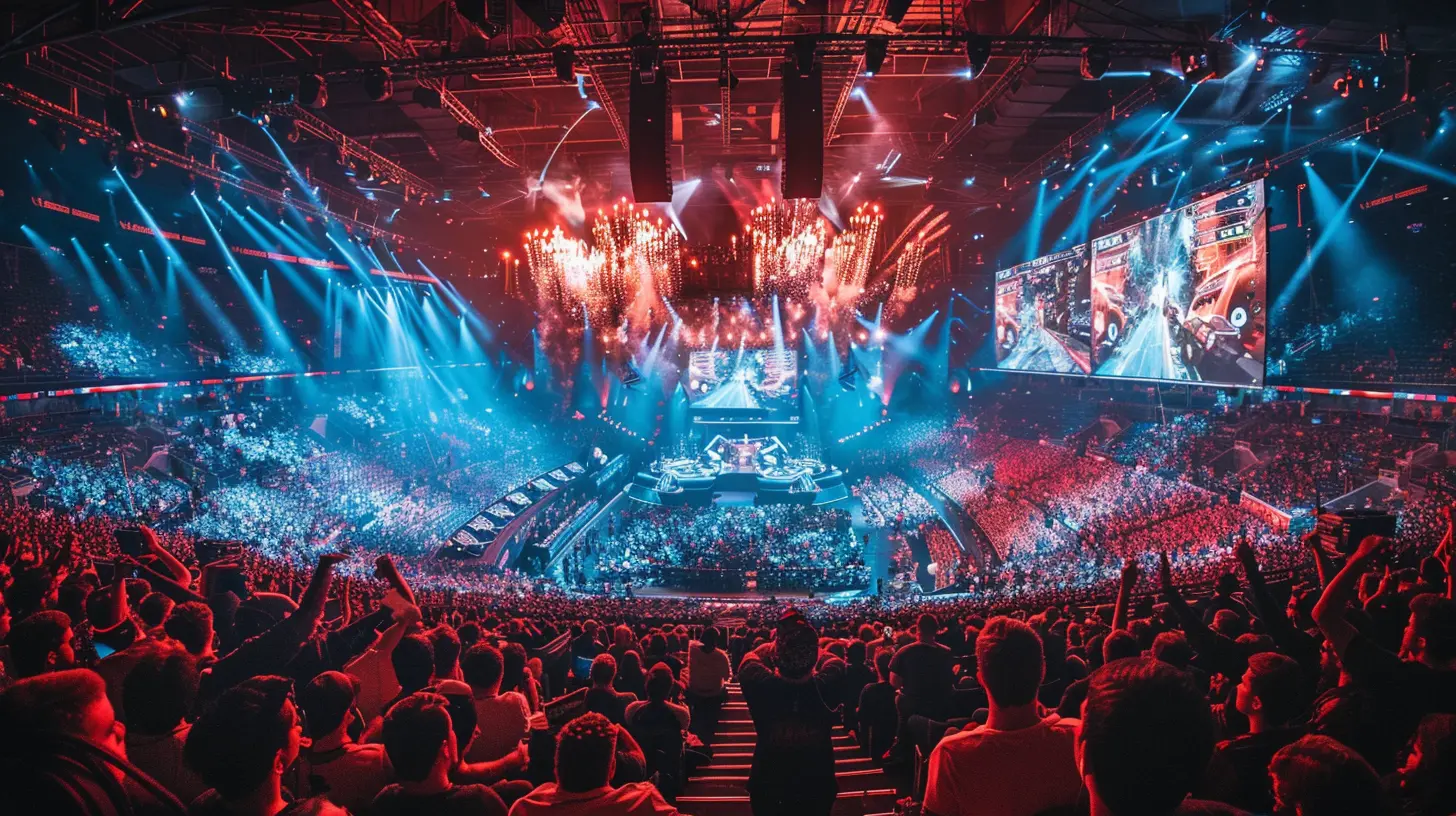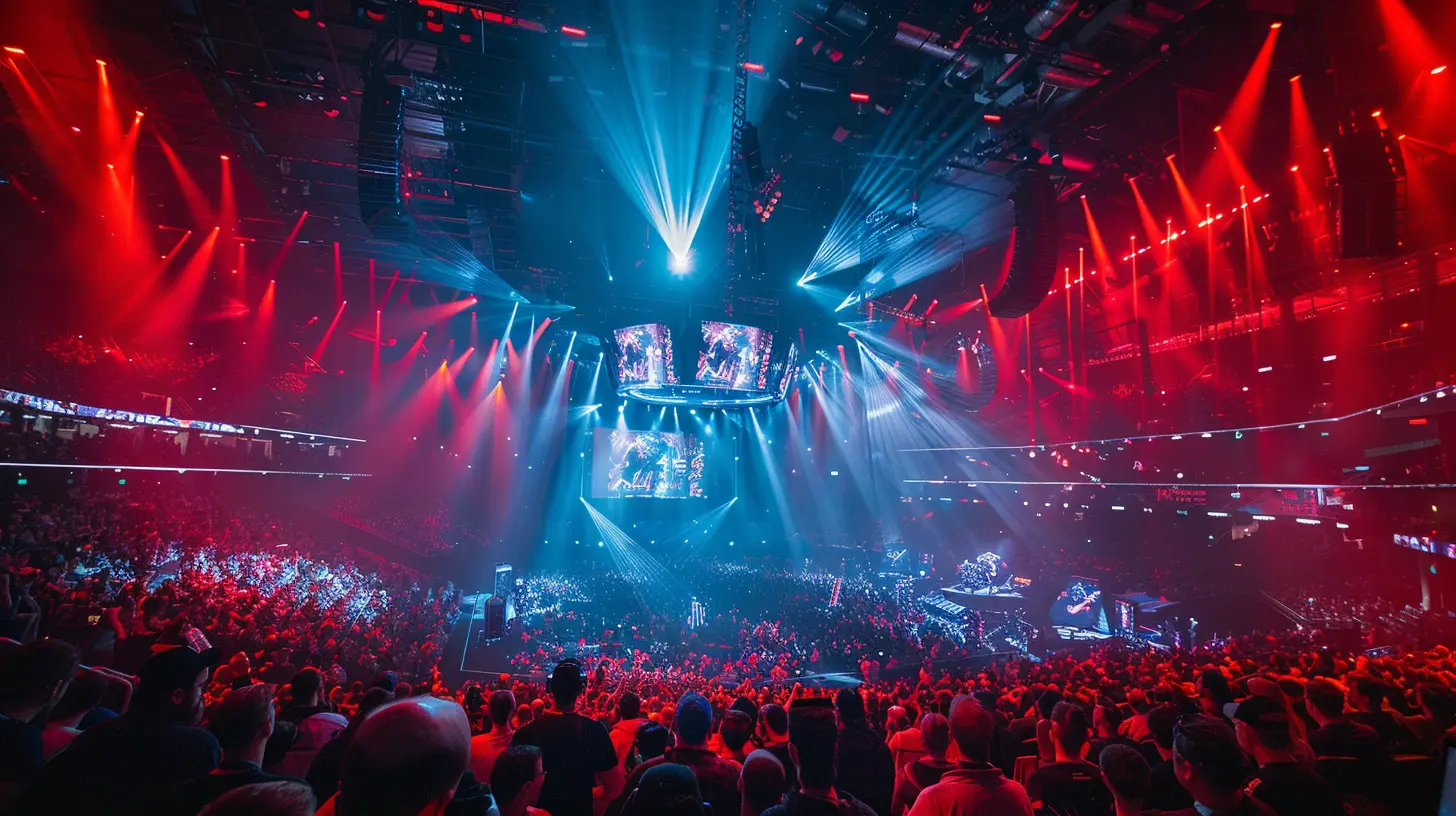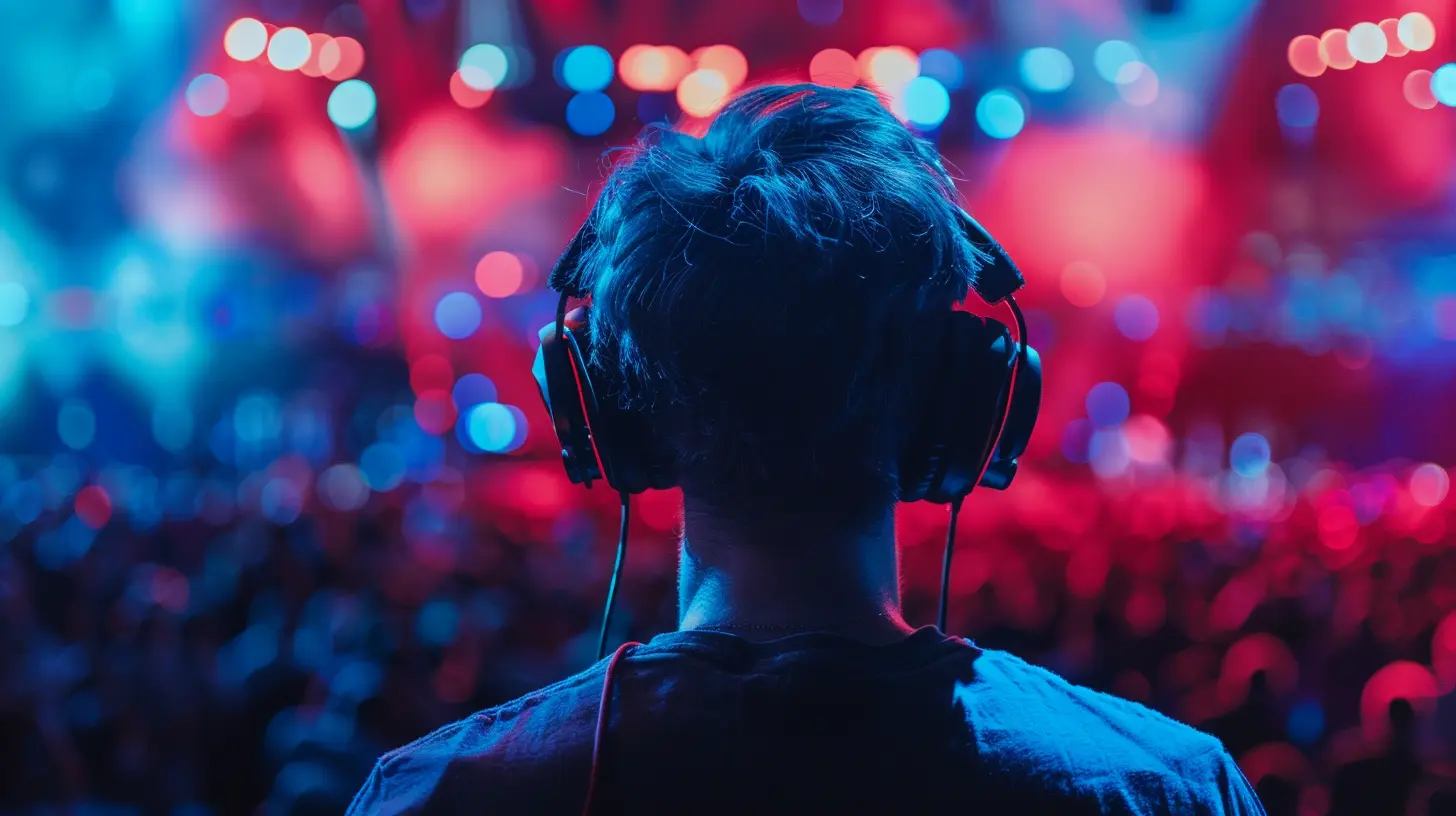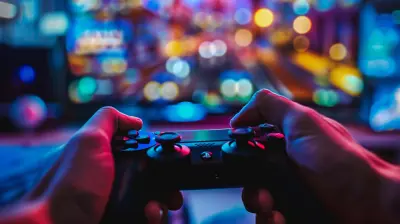The Role of Shoutcasters and Analysts in Bringing E-Sports to Life
23 June 2025
If you've ever watched a live esports match, chances are you’ve experienced the electric vibe not just from the gameplay, but from the voices that break down every micro-moment and make the action even more thrilling. Yep, we’re talking about shoutcasters and analysts — the rockstars behind the microphones.
These guys and gals aren’t just there to fill dead air. They set the tone, explain complex plays, hype up the viewers, and make esports approachable for both newbies and hardcore fans. Shoutcasters and analysts are the unsung heroes that breathe life into competitive gaming. Without them, even the most intense matchups could feel... flat.
Let’s dive into their world and unpack how these voices bring passion, insight, and personality to every match.
What Exactly Is a Shoutcaster?
At its core, a shoutcaster is the play-by-play narrator of an esports match. The name might sound a little over-the-top, but it comes from the early days when casters literally shouted over poor-quality mics to be heard in-game. Times have changed, but the hype? Still sky-high.Think of shoutcasters as the esports version of traditional sports commentators. They follow the action closely, call out key plays, and give instant reactions that make the viewers feel like they're right there in the arena. Whether it’s a clutch headshot in CS:GO, a Baron steal in League of Legends, or a last-second ult in Overwatch — they’re the voice that makes it unforgettable.
And What About Esports Analysts?
Now, analysts? They’re the brainiacs. While shoutcasters focus on the in-the-moment action, analysts are all about breaking things down.They step in before matches to discuss strategy, during pauses or halftime for breakdowns, and after games for post-mortems. They explain the why behind the what. Why a team picked a certain comp, why a rotation failed, or how a certain player’s decision-making influenced the outcome.
Analysts give context. They add depth. Without them, viewers might miss the subtle brilliance behind a seemingly simple play.
Why Their Role Matters More Than You Think
You might think, “Hey, the game’s the main event. Aren’t casters and analysts just a side dish?” Not quite.Here’s the thing: pro-level gameplay is insanely fast and complex. Without someone guiding you through it, it can be overwhelming. Shoutcasters and analysts bridge the gap between players and viewers. They make esports accessible and exciting.
Picture this: a League of Legends team pulls off a 5-man wombo combo that decides the game. The shoutcaster is screaming, the crowd is roaring, and the analyst later breaks down how they baited the enemy into that perfect trap. It’s not just a play — it becomes a moment.
What Makes a Great Esports Caster?
Being a good caster isn’t just about having a booming voice or fast reflexes on the mic. It’s about chemistry, knowledge, and timing.Most casting duos pair a play-by-play (hype machine) with a color commentator (the tactician). The balance they strike is crucial. Too much hype and you lose clarity. Too much analysis and it gets boring.
Let’s break down what makes them shine:
- Game Knowledge – You can’t fake it. Viewers spot it instantly if you're out of your depth.
- Personality – A unique style keeps things fresh. Some casters are funny, others are dramatic. It’s about being memorable.
- Voice Control – Knowing when to yell and when to shut up (sounds simple, but it’s an art).
- Preparation – Researching teams, player history, patch notes — the best casters treat it like a science.
Analysts: The Sherlock Holmes of Esports
If shoutcasters are the fireworks, analysts are the chess masters. These folks do deep dives into gameplay, meta shifts, team strategies, and player behavior. They spot patterns, dissect mistakes, and predict outcomes.They’re often ex-pros or coaches who’ve lived the grind. It's not just about theory — they understand what goes on in a pro’s head mid-game.
When they talk, you listen. Because suddenly, you’re not just watching — you’re learning.
Creating Stories, Not Just Commentary
One of the most underrated skills of shoutcasters and analysts? Storytelling.Esports isn’t just about who wins and loses. It’s about storylines. Underdogs rising up. Rivalries brewing. Redemption arcs. Casters and analysts build these narratives throughout a game, a tournament, even an entire season.
Ever found yourself rooting for a team you barely knew? That’s the magic of good storytelling. They make it personal.
Building Connections with the Community
Another big part of their role? Being the bridge between players and fans.Casters aren’t just voices; they’re personalities. They stream, they tweet, they interact with fans. Analysts often share insights on YouTube, in stat breakdowns, or during AMA sessions.
This visibility helps humanize the scene. It builds loyalty. And it keeps fans engaged between matches.
Training and Crafting the Talent
Not every caster starts out great. It takes years to hone the craft. And just like esports players, they practice constantly.- Voice training to avoid burnout or strain
- Script writing for intros and outros
- Technical training for using broadcast software
- On-camera practice for segments and interviews
It’s not just “talking over gameplay.” It’s a performance.
The Evolving Role of Casters and Analysts in Esports
Esports is bigger than ever. We're talking full arenas, million-dollar prize pools, and global audiences.As the industry evolves, so do the expectations for its on-air talent. There’s more pressure to know not just the game, but the culture, the memes, even the drama. It’s journalism, entertainment, and education rolled into one.
With events going more mainstream — ESPN coverage, Netflix documentaries, huge sponsorships — casters and analysts now represent the face of esports to the world.
Diversity and Representation in the Casting Scene
Let’s be real: esports still has work to do when it comes to representation. But there’s progress.More women, non-binary folk, and people of color are stepping behind the mic, offering fresh perspectives and breaking old molds. And fans? They're here for it. Representation matters, not just for fairness, but because a diversity of voices makes for better commentary.
Challenges They Face (It Ain’t All Hype and Cheers)
It’s not exactly a walk in the park. Casters and analysts deal with:- Mental burnout from long tournaments and travel
- Online scrutiny (and sometimes hate)
- Job instability, especially in freelance setups
- Keeping up with frequent meta changes
Despite that, the passion keeps them going. They do it because they love the game and the community around it.
The Future of Esports Casting
Looking ahead, the role of casters and analysts will only grow. With tech advancing, there’s potential for:- Interactive broadcasts where viewers pick casters or camera angles
- AI tools assisting in stats and predictions (but never replacing the human touch)
- Localized commentary for regional expansion
- Virtual and AR overlays for deeper analysis
And hey, maybe even shoutcasters becoming household names like traditional sports icons. Why not?
Final Thoughts: More Than Just Voices
Shoutcasters and analysts don’t just talk over games. They amplify stories, create connections, and make every second count. They turn pixels on a screen into moments that make you jump off your chair or tear up when your team falls short.They’re fans, scholars, entertainers, and storytellers. Their voices are the heartbeat of esports — and without them, something’s missing.
So next time you're tuning into a tournament, remember: the game's the stage, but it’s the casters and analysts who light it up.
all images in this post were generated using AI tools
Category:
E SportsAuthor:

Kaitlyn Pace
Discussion
rate this article
2 comments
Dominic Jimenez
“Shoutcasters: the hype machines who turn ‘Did you see that?’ into a full-blown festival! Analysts: the math wizards making sure we know what just happened!”
November 21, 2025 at 3:51 AM

Kaitlyn Pace
Thank you! Shoutcasters and analysts truly complement each other, turning gameplay into an exhilarating experience while providing the insights that enhance our understanding of esports.
Ember McKeehan
Great article! Shoutcasters and analysts play such a vital role in e-sports, enhancing the experience and connecting fans with the action. Their passion truly brings the games to life!
July 4, 2025 at 4:57 AM

Kaitlyn Pace
Thank you for your kind words! I completely agree—shoutcasters and analysts are essential in bridging the gap between the game and the audience, making the experience unforgettable.


